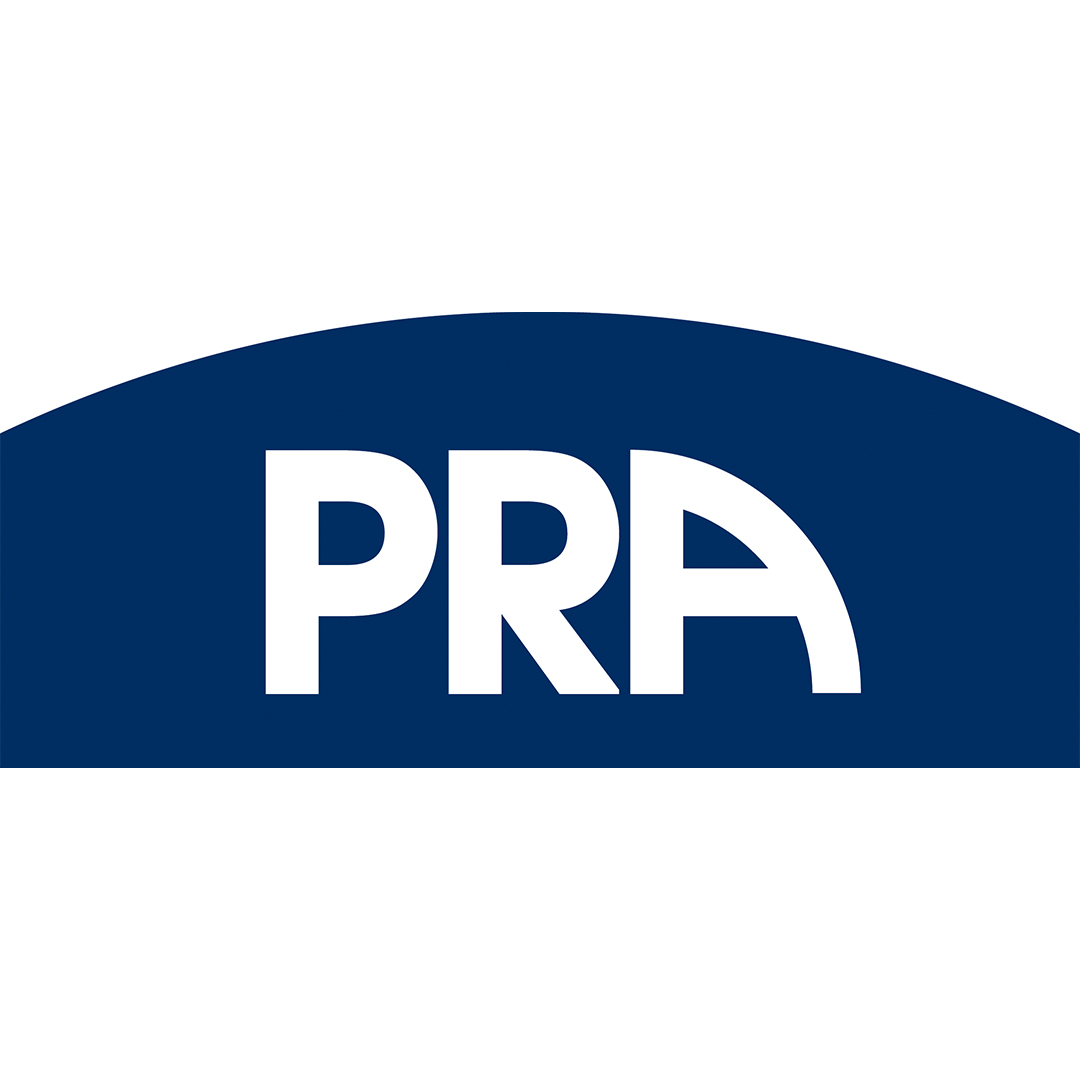PRA World Limited

Project
Improving paint industry circularity: from waste paint to new paint opacifiers
URL
About the project
This 6-month industrial research project will develop a process to recover an estimated 19m litres of ‘unusable’ waste waterborne paint, allowing it to be recycled as premium grade, quality-controlled paint additive. The process aims to remove this plastic waste from the household waste stream and make a significant contribution to the circular economy. This recycling option will deliver benefits in a reduced carbon footprint for the paint industry and a reduction in paint waste going to landfill or incineration.
Background to the scale of waste waterborne paint
More than one million litres of waste paint is generated each week in the UK, much of which goes to landfill/incineration; only a limited quantity of this waste is reused or remanufactured.
The paint industry is very important to the UK economy, providing employment, contributing significantly to GDP, and is a great exporter to the rest of the world. Paint provides a vital function for protection of surfaces and to provide decoration for aesthetic appeal. However, the carbon footprint of the industry is significant.
Global demand for decorative paints is growing, with a subsequent increase in waste generation and carbon footprint. Two thirds of UK Household Waste Recycling Centres (HWRCs) do not accept paint, instead advising the public to dispose of it in residual waste, which will then go to landfill; of those that do accept paint – but do not send it to recycle or reuse schemes – landfill/incineration remains the primary disposal route. Use of waste paint has been identified as a key way to reduce the carbon footprint of the industry, but redirection of waste paint from landfill/incineration is limited for HWRCs due to the limited reuse and remanufacture options, largely due to the poor perception of leftover paint, which might be considered to be of inferior quality to ‘new’ paint. Even if this perception can be addressed and there is an increase in paint reuse, more than one third of waste paint is currently unsuitable for reuse or remanufacture using current technology due to the state of degradation or contamination.

